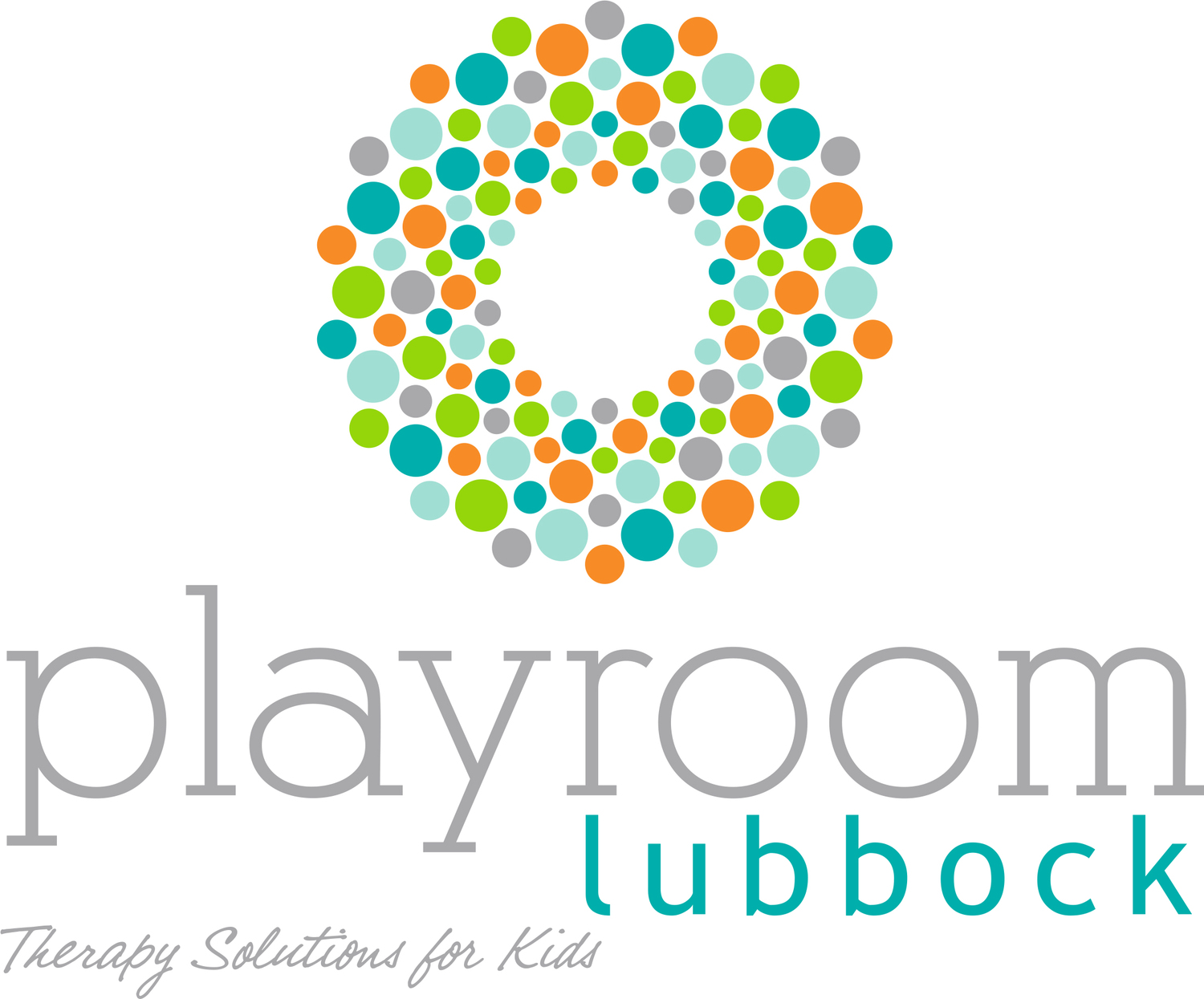Play therapy is an evidence based practice for children and adolescents and has many techniques for counselors to perform. (Bratton & Ray, 2000; Bratton, Ray, Rhine, & Jones, 2005; Gallo-Lopez & Shaefer, 2005; Roaten, 2011).
Working with a teen is very different than working with an adult client due to biological, developmental, and psychosocial tasks. Developmental tasks of teens include: physical maturation, sexual relationships, peer groups, emotional development, formal operations cognitive development, and identity development.
Because of the development of formal operational thought, preteens often vacillate between play that is more common to younger children and activities that appeal more to teenagers.
Play therapy can benefit preteens and teens struggling with depression, abuse, grief, addiction, adoption, ADHD, trauma, family stress, anxiety, relationships, problems with peers, identity, self-esteem, sensory processing issues, body image, anger issues, parent’s divorce, autism, etc.
Rather than teens doing therapy, they EXPERIENCE therapy. It is an opportunity to safely distance the self from problems through activity, creativity and imagination. Using a teen’s interests through play, sandtray figures, and expressive techniques will stimulate the teenager's desire and need to be expressive and create identity--which is central to this developmental stage. The positive therapeutic relationship that develops between a teenager and a counselor brings healing, forward movement, and relief of emotional stress.
Expressive arts are a great tool to address new thoughts and feelings or communicate and rework perspective. It can include art, music, or movement such as yoga or dance.
Games and activities can be used to deal with anxiety, power and control issues, self-esteem, relationships and difficult behaviors.
Sandtray invites adolescents to explore the uncertain world between childhood and adulthood and to explore the internal world and subconscious in a creative way by choosing miniature figures to place in a tray of sand. Sandtray allows clients to become mindful and allows clients the opportunity to blend memories, fantasies, wishes, and emotions without verbal constraints. (Rae, 2013)
““Appropriately structured creative art activities provide preteens with opportunities to change perceptions about self, others, and the world as they try out new roles and solutions...Furthermore, [they] facilitate a process of self-development, providing the preadolescent with the inner resources to cope with future difficulties.”
”
Group therapy is quite effective for making friends, improving communication skills and learning coping skills from peers who experience similar challenges. When the opportunity is available to pair 2 or 3 preteens or teens, group activity therapy can be beneficial.
Trained play therapists can use play therapy with tweens and teens to
Informally assess a client’s psychosocial and psychological functioning
Build rapport
Explore and facilitate expression a client’s inner world and emotions
Build skills through psychoeducation
Develop mastery, identity, and empowerment
Relieve a client of stress

